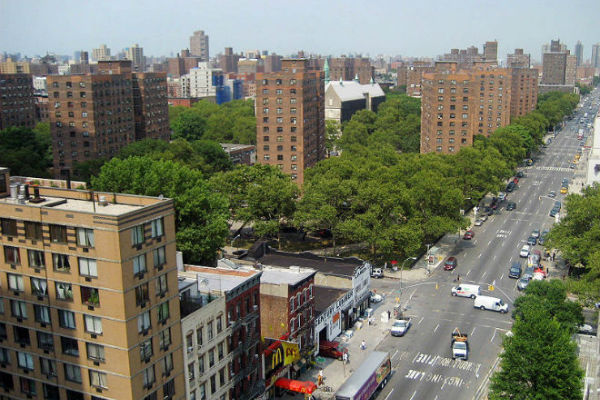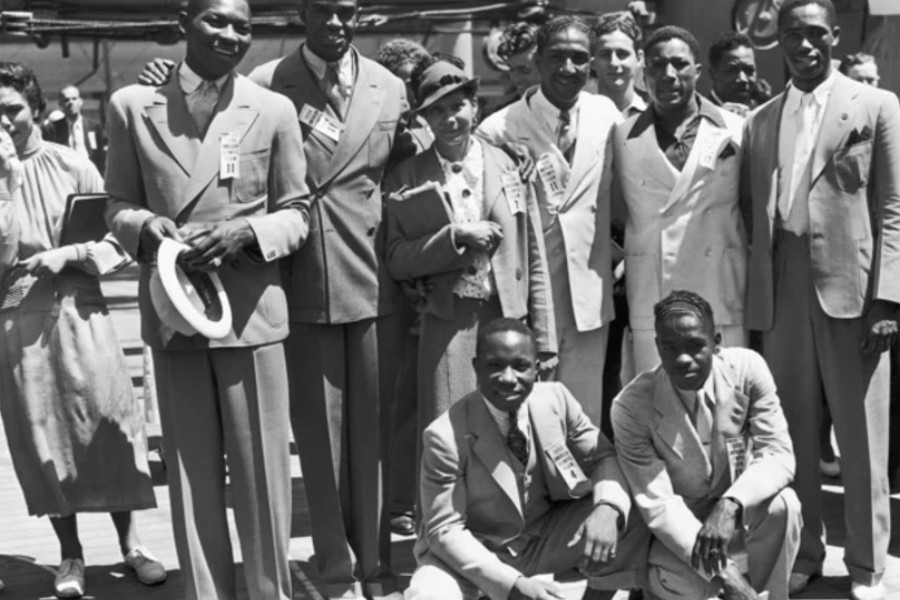 In the ancient tale Aeneid of Virgil from the time of Augustus, an invading force of mercenaries arrived at the gates of Troy in a large wooden horse posed as a gift to gain favor with the residents to enter into and take over the unsuspecting populace.
In the ancient tale Aeneid of Virgil from the time of Augustus, an invading force of mercenaries arrived at the gates of Troy in a large wooden horse posed as a gift to gain favor with the residents to enter into and take over the unsuspecting populace.
Today, the Trojan Horse known as the mayor’s Rezoning, MIH and ZQH Plan is posing as a silent gift at East Harlem’s gate. This plan allowing much larger buildings with a tradeoff for unspecified “affordable housing” allowances, targets El Barrio with a publicly financed real-estate builder’s dream of displacing an otherwise unsuspecting poor low income neighborhood.
Mayor de Blasio’s plan for constructing an additional 300,000 apartments for the city’s growing future is hidden under the fact that the NYC’s Homeless population has grown along with the administration’s false promises to provide real affordable housing to NYC’s vulnerable households. The disparity between rich and poor was a highlight of campaign speeches gravitating popular support to the current administration as a compassionate progressive movement.
The mayor’s definition of “affordable housing” is far beyond the grasp of the city’s lower-income communities—especially the general populace of East Harlem, where the majority of residents earn far less than the minimum income of $32,500 necessary to qualify for a unit under his plan.
The East Harlem Rezoning Plan will permit building three times the size (30 stories) allowable without it. Very little of those units will be available to neighborhood households, who are now rent-burdened by the rental-market rise exacerbated by the speculation created by a plan most residents of El Barrio will not be able to afford. Little of the money behind the plan will be allocated to meet the needs of neighborhood households. Beware of Geeks bearing gifts.
East Harlem has been under constant rental pressure since the last rezoning-induced building boom which created an approximate 17,000 apartments, allowing what were once six-story tenement buildings to go up 12 stories in 2003. Many buildings were soon vacated and demolished and reconstructed as modern taller buildings catering to a more affluent influx of gentrifying newcomers. Promised preservation and tenant protections did little to protect the interests of East Harlem’s poor as 11 percent of the African American and 9 percent of East Harlem’s Hispanic population disappeared since the 2003 rezoning changes.
Consequently; the rental market got hotter and rents rose, with more than 50 percent of current residents now rent-burdened and having to pay more than they can otherwise afford to stay and live within their own communities.
The community doesn’t need it, and the community will disappear if it accepts.
Via source
Become a Harlem Insider!
By submitting this form, you are consenting to receive marketing emails from: . You can revoke your consent to receive emails at any time by using the SafeUnsubscribe® link, found at the bottom of every email. Emails are serviced by Constant Contact








